What do I do with baseboard moulding if I want to tile a wall?
Amy Lee
9 years ago
Featured Answer
Sort by:Oldest
Comments (13)
Amy Lee
9 years agomarilynellis
9 years agoRelated Professionals
Fountain Hills Interior Designers & Decorators · Struthers Interior Designers & Decorators · Hillcrest Heights Architects & Building Designers · Four Corners Kitchen & Bathroom Designers · Duluth Furniture & Accessories · Stuart Furniture & Accessories · Wakefield Furniture & Accessories · Clive Furniture & Accessories · Erie General Contractors · Hanford General Contractors · Kyle General Contractors · Mira Loma General Contractors · Pepper Pike General Contractors · Randolph General Contractors · Wolf Trap General ContractorsVANESSA ROHRER
9 years agozazfuzzroc
9 years agolast modified: 9 years agoMichelle
9 years agoleelee
9 years agoCinar Interiors, Inc.
9 years agojhmarie
9 years agoAmy Lee
9 years agozazfuzzroc
9 years agoCinar Interiors, Inc.
9 years agojhmarie
9 years ago
Related Stories
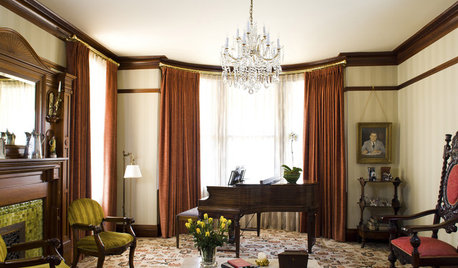
GREAT HOME PROJECTSHow to Bring Out Your Home’s Character With Trim
New project for a new year: Add moldings and baseboards to enhance architectural style and create visual interest
Full Story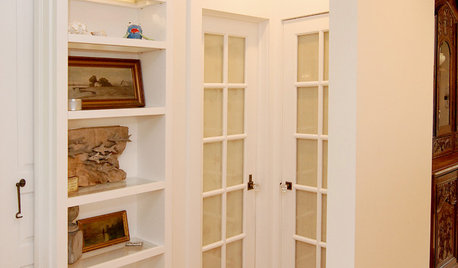
REMODELING GUIDESHow to Size Interior Trim for a Finished Look
There's an art to striking an appealing balance of sizes for baseboards, crown moldings and other millwork. An architect shares his secrets
Full Story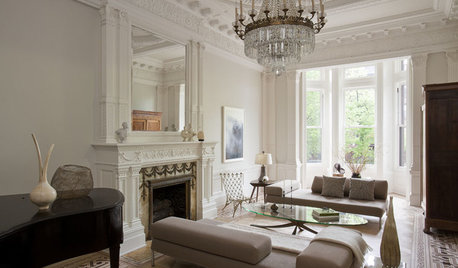
REMODELING GUIDESCrown Molding: Is It Right for Your Home?
See how to find the right trim for the height of your ceilings and style of your room
Full Story
REMODELING GUIDESDesign Details: Moldings — or Not?
16 new and unusual ways to trim your doors, floors and ceilings
Full Story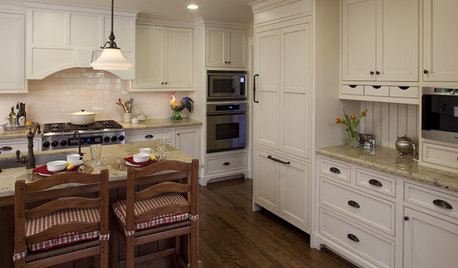
KITCHEN DESIGN9 Molding Types to Raise the Bar on Your Kitchen Cabinetry
Customize your kitchen cabinets the affordable way with crown, edge or other kinds of molding
Full Story
REMODELING GUIDESDesign Dilemma: How Do I Modernize My Cedar Walls?
8 Ways to Give Wood Walls a More Contemporary Look
Full Story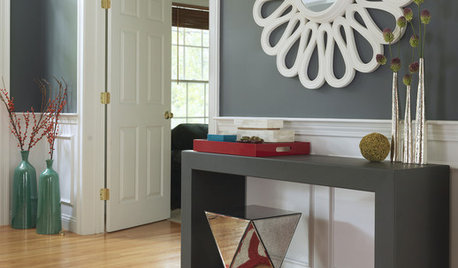
REMODELING GUIDESFrame Your Views With Great Moldings and Casings
How to Work With Trim to Give Your Space Depth and Interest
Full Story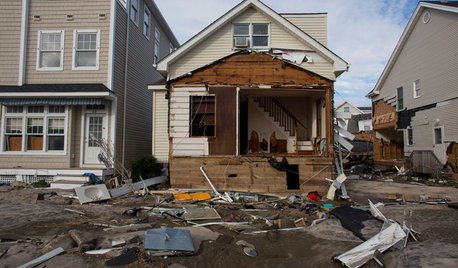
DISASTER PREP & RECOVERYHow to Combat Mold in a Flooded House
Before you rebuild or restore your water-damaged home, take these steps to keep mold at bay
Full Story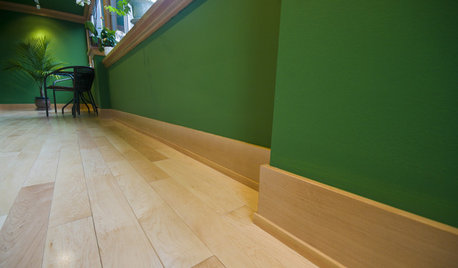
DESIGN DICTIONARYBaseboard
This simple wood adornment serves as a protector where walls meet floors
Full Story
FUN HOUZZEverything I Need to Know About Decorating I Learned from Downton Abbey
Mind your manors with these 10 decorating tips from the PBS series, returning on January 5
Full StorySponsored
Custom Craftsmanship & Construction Solutions in Franklin County
More Discussions






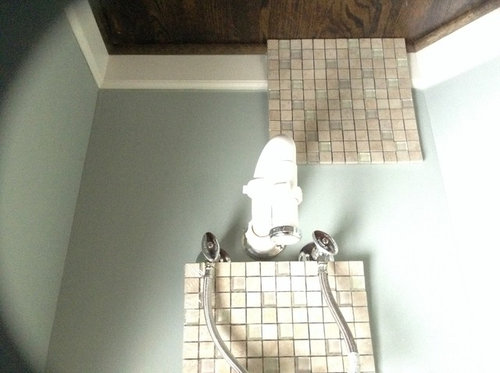



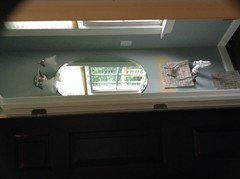

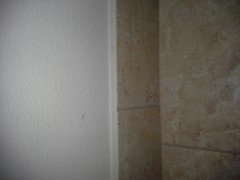

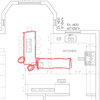
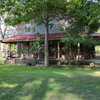
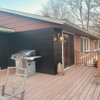
zazfuzzroc